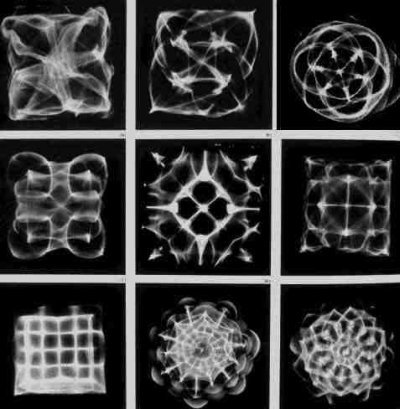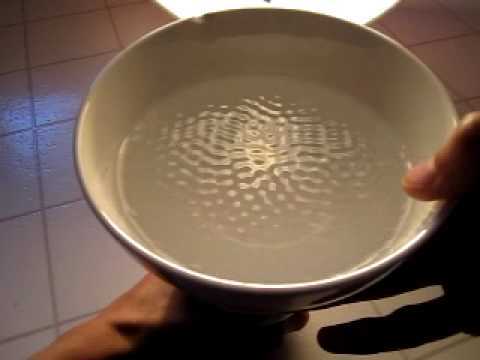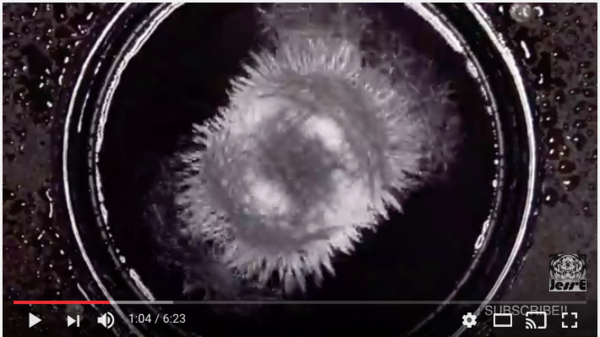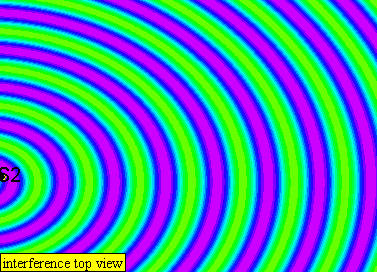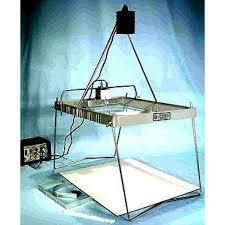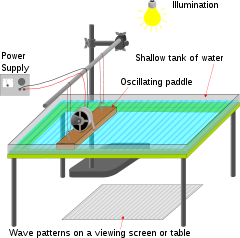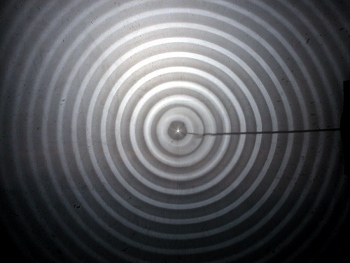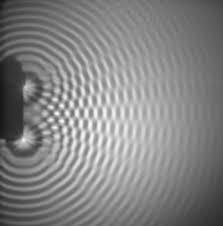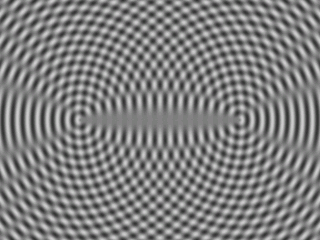* Patterns and Algorithms *
Patterns & Algorithms
--
Research
'Informally, an algorithm is any well-defined computational procedure that takes
some value, or set of values, as input and produces some value, or set of values, as
output. An algorithm is thus a sequence of computational steps that transform the
input into the output.'
Cymatic Patterns
Cymatics, from Greek: κῦμα, meaning "wave", is a subset of modal vibrational phenomena. The term was coined by Hans Jenny (1904-1972), a Swiss follower of the philosophical school known as anthroposophy. Typically the surface of a plate, diaphragm or membrane is vibrated, and regions of maximum and minimum displacement are made visible in a thin coating of particles, paste or liquid. Different patterns emerge in the excitatory medium depending on the geometry of the plate and the driving frequency.
https://www.youtube.com/watch?v=A9V11mTNonw
Ripple Tank
A ripple tank is a shallow glass tank of water used in schools and colleges to demonstrate the basic properties of waves.
Interference
Ripple tank with source1 and source 2 interference in white and black visualization Interference can be produced by the use of two dippers that are attached to the main ripple bar. In the diagrams below on the left the light areas represent crests of waves, the black areas represent troughs. Notice the grey areas: they are areas of destructive interference where the waves from the two sources cancel one another out. To the right is a photograph of two-point interference generated in a circular ripple tank.
